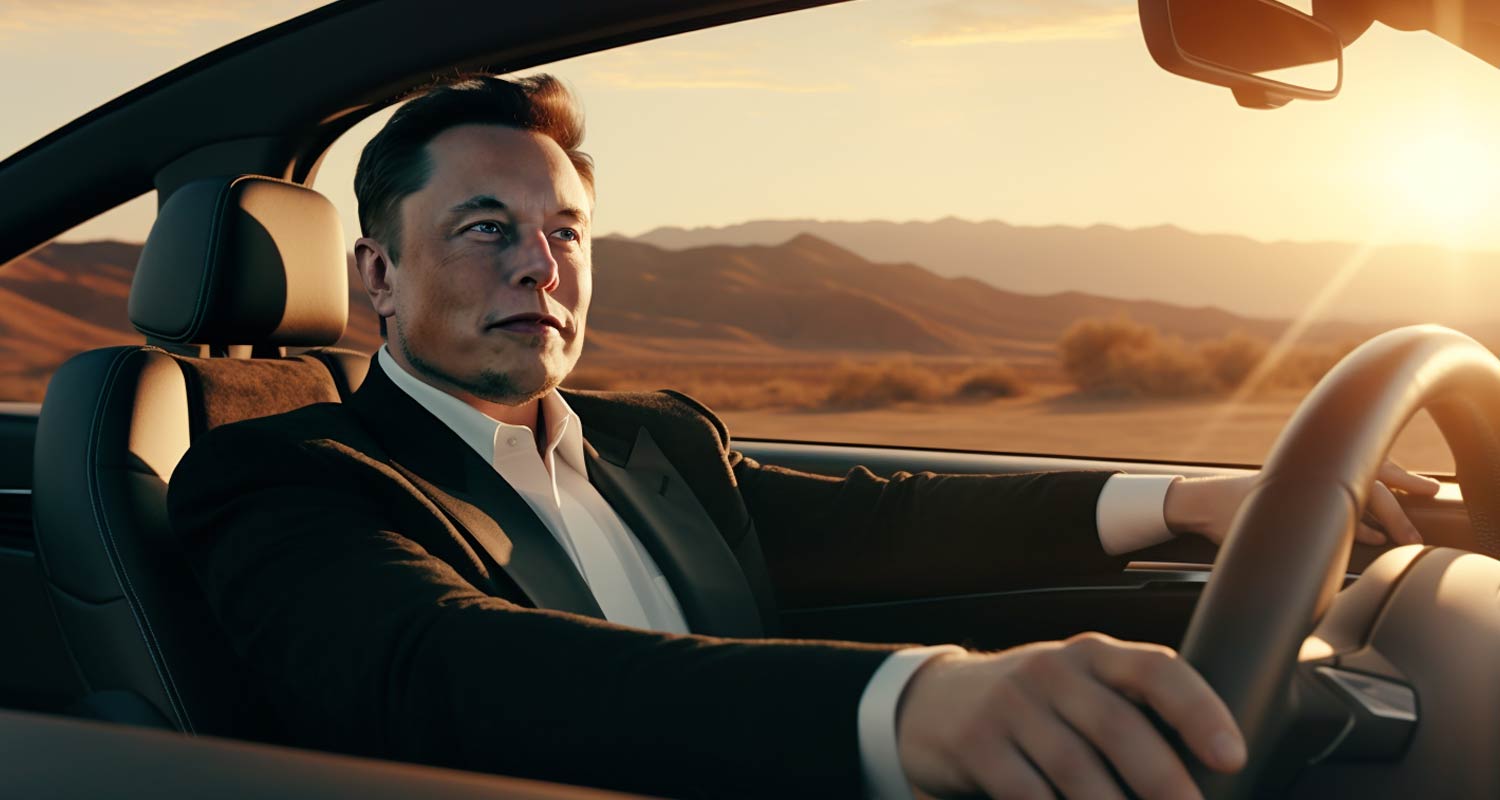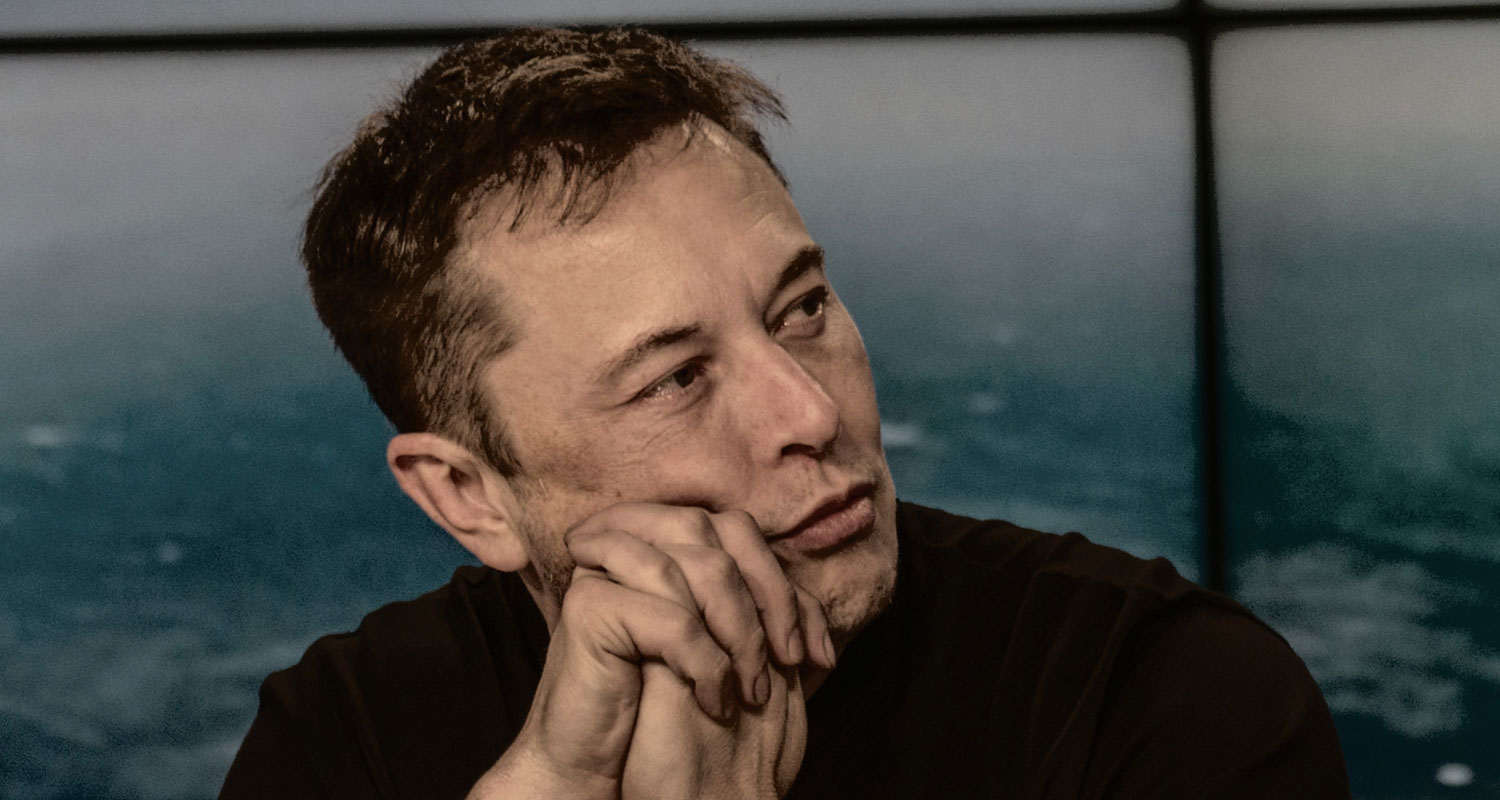
This week saw the release of another ode to the genius of Elon Musk, gushingly accepting his pronouncements at face value. Also, Walter Isaacson published a book about him.
Isaacson’s 600-odd page Elon Musk, which debuted on Tuesday, was beaten to the punch by Adam Jonas, a sell-side analyst at Morgan Stanley. He released a 60-odd page report the previous day boosting his target price for Tesla, Musk’s electric vehicle manufacturer, on the thesis that Tesla is actually an artificial intelligence powerhouse in the making.
As Isaacson’s book chronicles, Dojo, the name for Tesla’s supercomputer moonshot, springs from Musk’s long-running fascination with, and unease about, artificial intelligence.
Musk’s early backing of OpenAI, which eventually created the ChatGPT chatbot, evolved into a range of AI-related bets. In Tesla’s case, that is focused on Musk’s long-promised goal of creating intelligent vehicles offering fully autonomous rides that are safer than regular driving by meat with eyes.
Dojo’s next-generation custom chips are intended to be the brains of Tesla’s self-driving vehicles and, by Jonas’s reckoning, will perform better at that than the chips on offer from AI hardware darling, Nvidia. On the back of this, Jonas raised his target valuation by almost $480-billion. The same day, Tesla’s market cap jumped by $79-billion, an amount bigger than the individual market caps of roughly 80% of the S&P 500’s members.
One could say, I suppose, that the ever-rational market is ascribing an implied one-sixth probability to the Dojo thesis, but that would perhaps be overthinking things.
While Isaacson’s book and the “Enter the Dojo” report spring from very different places, both fit a long-running theme around Musk and Tesla: extraordinary benefit of the doubt.
‘Funding secured’
Isaacson’s take on some of the more out-there and dubious bits of Tesla’s history goes remarkably easy on his subject. For example, with regards to the “funding secured” fiasco in 2018, when Musk tweeted that he had a deal to take Tesla private in the bag, the book shows how, in fact, nothing about the deal had been secured in the way most humans would take that word to mean.
Yet the brief section ends with a quote from Musk’s own lawyer saying, “Elon Musk is just an impulsive kid with a terrible Twitter habit”. That’s a sentiment Isaacson then endorses, rather eliding the complications arising when the impulsive kid happens to run a big public company. The weird episode just prior to the book’s launch whereby Isaacson undercut his own reporting, at Musk’s bidding, to change the story about Musk’s role in an abortive Ukrainian attack on Russian warships adds to the sense of hagiography (or, worse, inaccuracy).
Read: Musk ‘refused’ Kyiv request for Starlink use in attack on Russia
This is not to deny Musk’s real achievements, particularly around Tesla’s EV revolution and the rise of SpaceX, which of course fill much of the book. The point is that, at this point, these are known; baked into the price as it were. Which brings us back to the Morgan Stanley report.
When that one was published, Tesla’s price of $249 equated to a market cap of $789-billion. Even in Jonas’s bull case, which values Tesla at $1.75-trillion, the core EV business — which generates more than 90% of current gross profit — accounts for only $480-billion. On that basis, even the existing market cap had an extra $300-billion of value that related to … something.

The exact identity of that something is debatable but it can be broadly defined as belief in Musk’s next big thing. Even as Tesla has achieved milestones that, at times, looked daunting, the valuation tends to run ahead to what might be coming next. Jonas’s report — similar to another one some years back that made a splash, opining about a (still) theoretical Tesla ride-hailing service — offers a narrative scaffold around this amorphous option value.
Yet only in the broadest and most caveated strokes. The gap between Jonas’s bear and bull case is a cool $1.37-trillion, a gap bigger than Tesla’s all-time peak market cap. A colleague of his who actually covers semiconductor stocks is quoted in the report as noting Tesla’s real strengths in developing hardware and software but also pointing out the real difficulties in challenging Nvidia on its home turf. As an aside, Tesla already trades at roughly a 40% premium to Nvidia on forward earnings multiples, another facet of how much belief is baked in already. Most telling of all, Jonas adds a rider to his Dojo enthusiasm:
While it is difficult to explicitly validate the many claims Tesla has made about Dojo’s cost and performance, we believe Tesla has a chance of bringing forth a competitive customised solution given the company’s innovation track record and capabilities.
An extra $480-billion on belief in a chance? Sure. As it was, Tesla’s stock had doubled this year already despite actual, explicitly validated numbers showing a big decline in profit margins as the company chases growth with price cuts.
Read: SpaceX loan may have helped Musk buy Twitter
In the quarter just gone, Tesla sold almost twice the cars as a year previously but generated lower absolute operating profit, which is astounding. New price cuts since then suggest margins remain under pressure this quarter. Meanwhile, with 17 days to go until the end of September, we are yet to see pricing, finalised specs or an exact launch date for what is supposed to be the next catalyst for the stock, the Cybertruck. The dissonance of immediate events with the stock’s performance means leaning harder into the vision thing. Dojo helps reemphasise the mojo. — (c) 2023 Bloomberg LP




